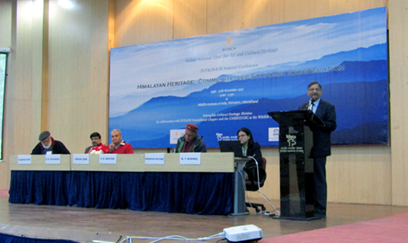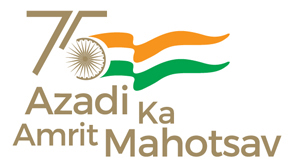Himalayan Heritage: Community-led Economic Regeneration
Indian National Trust for Art and Cultural Heritage (INTACH) - Intangible Cultural Heritage Division
in collaboration with INTACH Uttarakhand Chapter and UNESCO Category 2 Centre on World Natural Heritage Management and Training for Asia and the Pacific Region, Wildlife Institute of India (29th - 30th November, 2017)

Due to the mainly agrarian nature of this region, its climatic conditions and tough topography, and lack of income opportunities locally, migration is on the rise, putting at risk many old traditions. Under gravest threat are the oral traditions of several communities, which incorporate invaluable local knowledge and creative output. This loss is also underpinned by the loss of languages, thus impacting the composite culture of this region.
The Intangible Cultural Heritage Division, INTACH in collaboration with the INTACH Uttarakhand Chapter and the UNESCO Category 2 Centre on World Natural Heritage Management and Training for Asia and the Pacific Region at Wildlife Institute of India is organising a National Conference on the intangible culture of the Himalayan region, with an aim to deliberate with community members, professionals, scholars, researchers and other cultural and natural heritage specialists on the idea of social and cultural identity, related oral traditions and to explore how this meets the challenge of an ever changing contextual environment.
Last Updated: November 29, 2017









